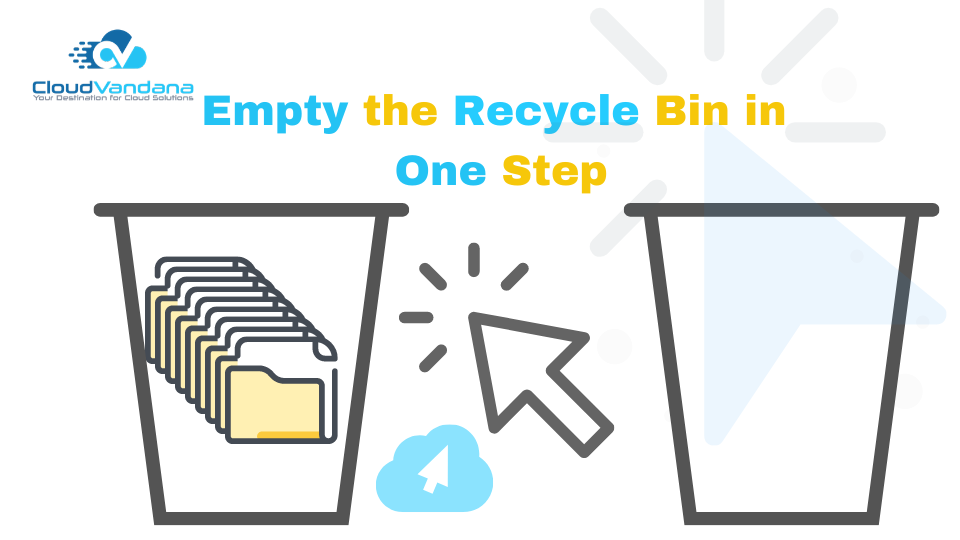
Empty the Recycle Bin in One Step in Salesforce
Discover how to empty the Salesforce Recycle Bin in one step. Learn best practices, permission requirements, and cleanup strategies to

Discover how to empty the Salesforce Recycle Bin in one step. Learn best practices, permission requirements, and cleanup strategies to
600 N Broad Street Suite 5 # 845 Middletown, DE 19709 United States Phone : +1(213)634-5362
India: C 30, RB Road, Adarsh Nagar, New Delhi – 110033
Phone: +91(782) 796-1763
Thanks a ton for subscribing to our newsletter!
The Guide’s on Its Way.
It’s in your inbox.
(You might need to check spam — email can be weird.)